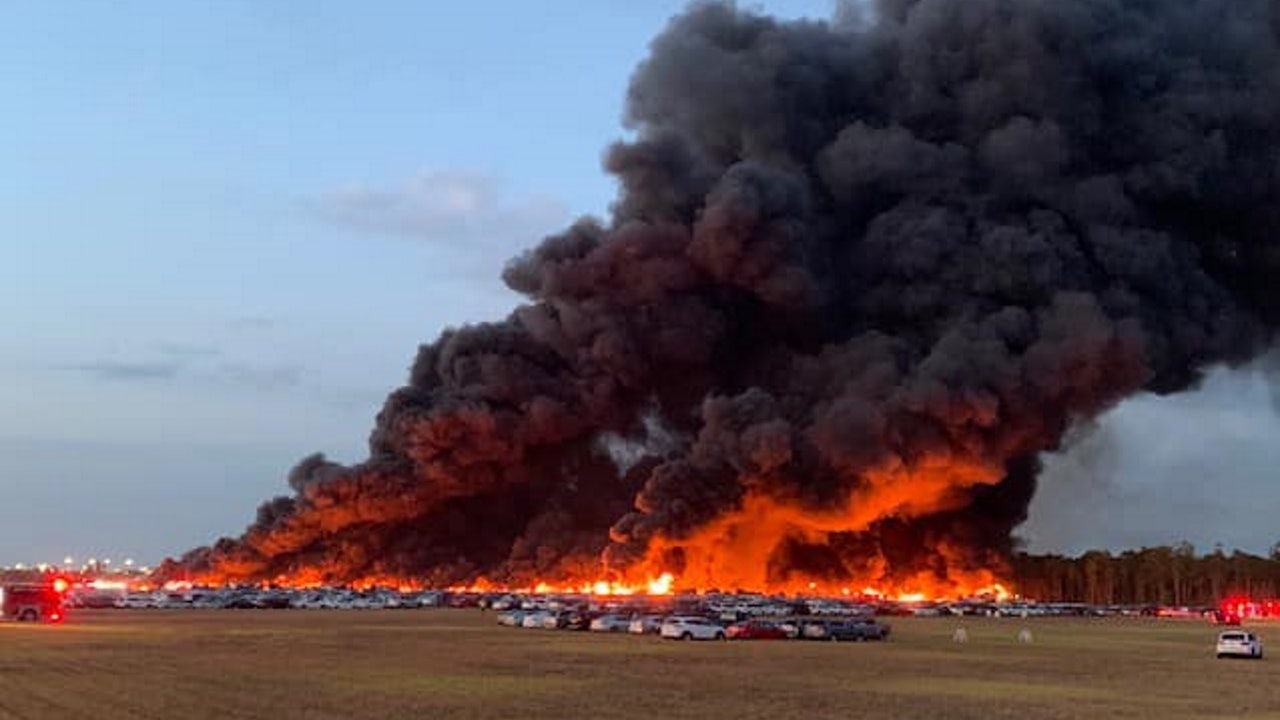I think that if SunRail doesn't run a shuttle service on the Brightline tracks between MCO and Disney, Brightline might. I was doing some back of the envelope calculations, and the costs of running trains every 15 minutes instead of every hour are pretty close to the plausable revenue for such a service. These costs above the cost of running hourly service include:
- Signals to allow closer train operation
- Trainsets to serve the extra runs
- Fuel to run the trains
- Staff to operate the trains
- Maintenance costs of the trains
Item 1, signaling, is fairly inexpensive. It is even less so especially in a low complexity environment with few stations, junctions, and low intersecting train traffic such as either proposed route. The
Brightline presentation to CFX on March 11 indicated that this costs approximately $80,000 with the current design (page 24).
It is not clear what the maximum frequency of service can be supported by this signaling system. But we also know that Brightline is already planning on this capability because they are actively courting SunRail to run a service that would need to utilize these additional signals. Even still, assume that a signaling system necessary to operate trains every 15 minutes is three times as expensive as what they are currently planning to build, that is still only be an extra $160,000.
Item 2, additional trainsets, is difficult to calculate, because Brightline did not release the cost of their train orders from Siemens. However, based on the
information I could find online, one might expect a single trainset to cost approximately $10 million. It would take approximately 15 minutes to travel between MCO and Disney Springs, so it would require three trainsets (in addition to the trainsets that provide the baseline hourly service Brightline is currently intending to operate) in order to provide 15 minute headways on this segment. This would mean it would cost approximately $30 million extra to provide this service.
Item 3, fuel costs, can be calculated assuming a fuel efficiency of 1.1mpg (
source). Brightline's preferred alternative route is 16.7 miles (
source page 24). So six additional one-way train runs is 100.2 miles every hour or 110.2 gallons of diesel per hour. If diesel is $3.75/gallon, that is $6,613.20 per 16 hour day, or $2.4 million per year in additional fuel costs.
Item 4, staff, can be calculated assuming a two person train staff. The 90th percentile salary of a train conductor in Florida is $66,270 (
source), while the same for a train engineer is $98,960 (
source). If the fully burdened cost of this staff is three times the salary, and there are three shifts of each staff person per train (in order to allow breaks and the like), the total annual labor cost of this service would be $1.5 million.
Item 5, maintenance costs, can be estimated at $4.34 per train mile (
source). This works out to be about $2.5 million per year.
In other words, for an initial capital investment of $30,165,000 and an additional labor cost of approximately $6.4 million per year, there could be a reliable, congestion-free way to get between the airport and Walt Disney World.
DME used to carry 2.3 million passengers per year (
source). So if this train service with 15 minute headways could carry one quarter of the trips that DME used to carry, that would be 575,000 trips per year. Ignoring the capital costs, the break even cost at this ridership level would require a one-way ticket price of $11.13.
Is this a complete no-brainer to build at this break-even point? Not really. But it is well within the realm of having a plausible business case to build. That's for sure.

